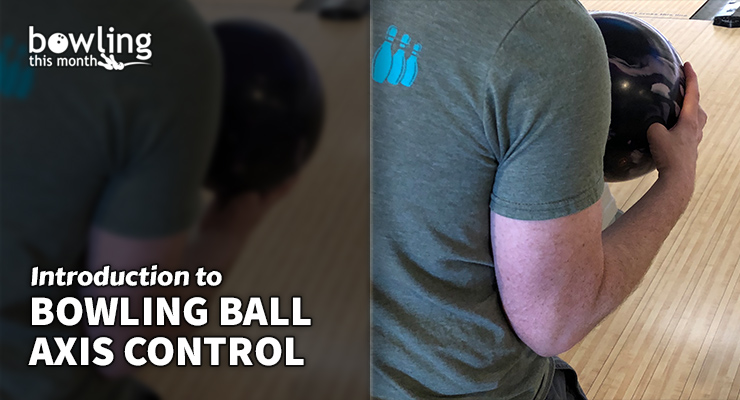Article Contents
- 1. Manipulating axis tilt angle
- 1.1. Why?
- 1.2. How?
- 1.3. Cocking versus cupping: what’s the difference?
- 1.4. Reality check
- 2. Manipulating axis rotation angle
- 2.1. Why?
- 2.2. How?
- 2.3. Reality check
- 3. Conclusion
Note: This article is only available to Bowling This Month subscribers.
Two of the key variables in ball reaction that a bowler has control over are the axis rotation angle and axis tilt angle of the bowling ball. These angles, along with rev rate and ball speed, are the main variables that the bowler can manipulate physically. These then combine with the dynamics of the ball and friction characteristics between the ball and lane to create your ball reaction.
If you’ll remember from An Introduction to Axis Rotation and Axis Tilt, axis rotation is the angle of the ball’s rotation axis measured in the horizontal plane, while axis tilt is the angle of the rotation axis measured in the vertical plane. Both influence ball motion, and both can be manipulated, but one is much easier and generally more useful than the other. We’ll start with the more difficult one, and the one you are least likely to use: axis tilt.
Manipulating axis tilt angle
Anyone trying to change their ball roll from a spinner to more of a three-quarter roller can attest to the difficulty of manipulating tilt. Controlling it on command to adjust to different conditions is also quite hard. Further, when you consider that there is very little useful range of manipulation (10 to 15 degrees), it’s also not going to give you as much ball reaction variety as changing your axis rotation. That being said, let’s take a look at how and why you might try to manipulate your axis tilt.
Why?
The effect of axis tilt on ball motion, with all other things equal is this:
- Axis tilt has a positive correlation with skid (i.e. more tilt results in more skid).
- Axis tilt has a negative correlation with response time (i.e. more tilt results in a smoother shape).
Overall, increasing axis tilt will reduce hook and give you more control. This is generally beneficial on transition and burn conditions, or on high friction environments. Many bowlers who are a product of bowling centers with high friction heads tend to have more tilt (and speed) than bowlers from ...
Already a premium member? Click here to log in.


 (Only
(Only 